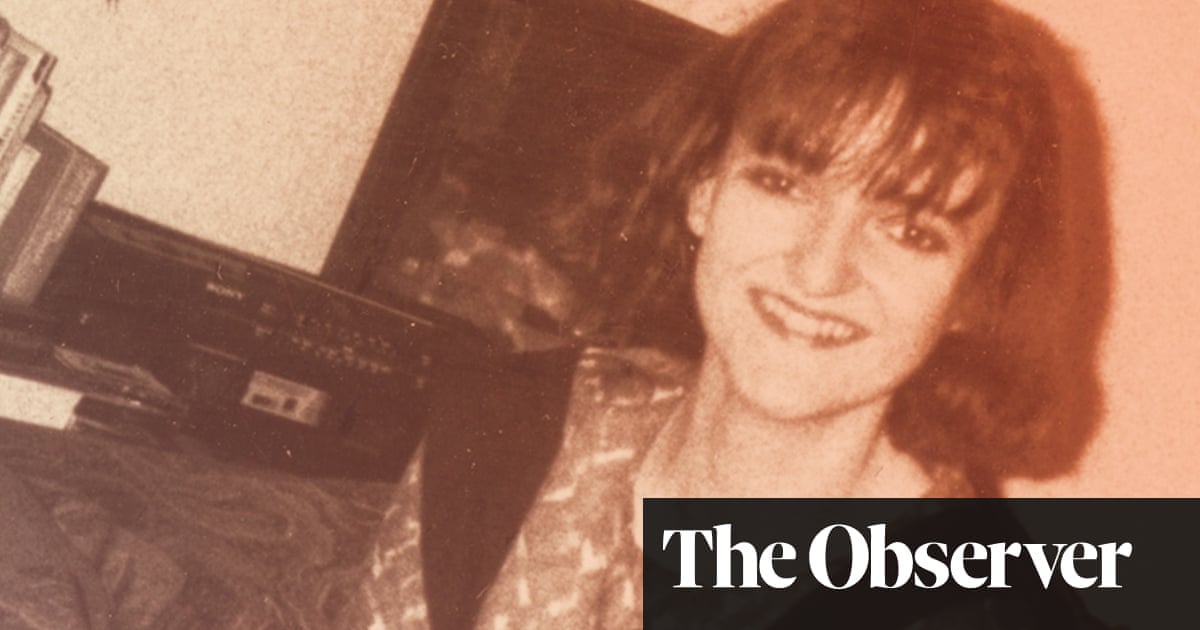
Tate Modern, London
A succession of plaster arms, legs and heads reveal Rodin’s working practices in a fascinating show that nevertheless leaves you longing for the finished work
Laura Cumming
Laura Cumming
@LauraCummingArt
Sun 16 May 2021 13.00 BST
14
11
The Making of Rodin is a show almost entirely composed of plaster casts: fragile and small, delicate or solid, heavyweight, lifesize or gargantuan. It is thronged with figure groups, solo statues, trays of hands and feet in glass cases. Smooth, chipped, marked up in pencil for rearrangement or enlargement, provisional studies or final casts – they are all uniformly, overpoweringly white.
This puts Rodin in a strange new light (sharpened by the open shutters at Tate Modern), although not for scholars, or perhaps for his own contemporaries. For Rodin himself chose to show nothing but plaster casts at the 1900 Universal Exposition in Paris. The central gallery here is based on his self-designed pavilion, including studies for the monument to Balzac, pint-sized and colossal; limbs, heads and hands for The Thinker, as well as the finished figure; and numerous versions of Rodin’s The Walking Man, imprisoned in mid-stride as if navigating shifting sands.
With Balzac, in particular, what you see is the disparate components of Rodin’s magnificent experiment. First a lifelike bust, based on a conductor he found in Tours, then a superbly expressive head with eyes like the mouths of deep caverns, and a separate bulging belly. There is even a preparatory model for the dressing gown, standing stiff and empty, all its woollen nubs in facsimile. Every element is perfectly positioned around a cast of the finished sculpture so the visitor can witness the great coming together.
But what status these plaster casts had for Rodin is never quite clear. He positioned a cast of The Thinker’s left foot, with its enormous big toe, on a vine-wreathed plinth like some classical fragment discovered beneath Rome. And he clearly put these pale replicas on show. But they were all made by assistants, and used in the same way as the black and white photographs he was forever commissioning from Eugène Druet, Edward Steichen and others. Visual aids, almost: another way of looking at, and potentially reforming, the elements of a new work.
An uneasy subplot of this exhibition concerns Rodin’s living models. A couple of casts of Camille Claudel’s head, plus a quick reference to their love affair, is scarcely sufficient for this great sculptor or her influence on Rodin. The Japanese dancer Hanako only gets a passing mention in a room filled with near-identical casts of her face, in its already mask-like perfection. She was only paid for her labours after his death. For some reason, nothing much is made of the female body at all, or even the origins of Rodin’s masterpiece of erotic love, The Kiss.
Now there is no conceivable universe in which one wouldn’t rather see the art of Rodin in marble, bronze or clay, the medium in which his own touch is specially evident. You’re reminded of this on seeing a tiny clay study for The Thinker in this show, so articulate and deft, still quick with the maker’s mark. But it is true that there is much to be learned from these casts.
For The Gates of Hell, Rodin had drawers full of plaster arms, legs and heads. Sometimes they broke, and the fragments would be serendipitously reconfigured. He would use multiple casts of the same figure in groups – Three Faunesses, for instance, dancing in a circle; one Adam recycled into The Three Shades; The Head of a Slavic Woman repeatedly resurfacing in other works. It certainly shows Rodin’s mutiny against the convention of sculpture as a unique object, though I don’t think we are quite as far towards multiples or ready-mades as the curators suggest.
With Rodin’s tragic masterwork, The Burghers of Calais, the original figures were modelled unclothed. Then fabric tunics were dipped in plaster and draped over the nude sculptures so that the muscle and motion of each doomed figure showed through. It is fascinating to see the sculptural evidence at Tate Modern, although the plaster cast of the finished groups feels ghostly and weightless. Better to walk half a mile along the Thames and see the bronze Burghers at Westminster.
For plaster can be impersonal, light-absorbing, inert. Even when it records the fingerprint or palette knife in its matt surface, that is all it is doing; it cannot evince the direct human touch. And even though it is riveting to see Balzac four, five or six ways, or in preliminary pieces, as here, there is the feeling that what you are looking at is process, material and mechanics, only the rudiments of Rodin’s art.
The Making of Rodin is at Tate Modern, London, from 18 May to 21 November












